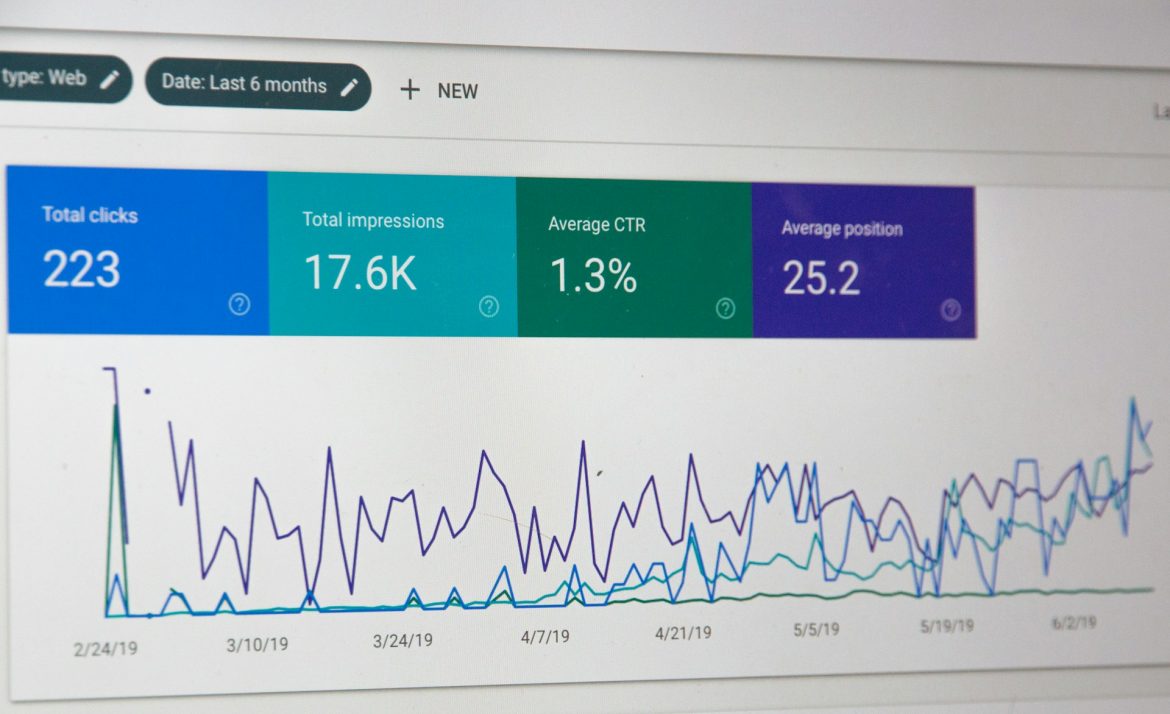In today’s competitive market, keeping customers happy and loyal is as crucial as attracting new ones. Customer retention refers to the ability of a company to retain its customers over a period. Effective retention strategies can lead to increased loyalty, higher revenue, and better word-of-mouth marketing. Here are some key strategies that brands like Amazon, Apple, and Starbucks use to keep their customers coming back.
Personalize Your Interactions
Personalization is more than just addressing a customer by their name. It’s about understanding their preferences, purchase history, and behavior. Brands like Amazon excel at this by recommending products based on past purchases and browsing history. Simple actions like sending personalized emails, offering custom deals, and remembering important dates can make customers feel valued.
Quality Customer Service
Customer service is the backbone of customer retention. Companies like Apple are renowned for their exceptional customer service, both in-store and online. Ensuring that your customers have easy access to support, and receive prompt, courteous, and effective assistance, can significantly impact their loyalty.
Create a Loyalty Program
Loyalty programs reward customers for their continued patronage. Starbucks has successfully used its loyalty program to retain customers. Through their app, customers earn stars for purchases which can be redeemed for free drinks or food, encouraging them to keep coming back.
Request and Act on Feedback
Listening to your customers is vital. By actively seeking out and responding to feedback, you demonstrate that you value their opinions and are committed to improving. This can be done through surveys, feedback forms, or direct communication. Acting on this feedback not only improves your service but also builds trust and loyalty.
Offer Exclusive Deals
Exclusive deals or early access to new products can make customers feel special and appreciated. For instance, offering a special discount on their next purchase or access to an exclusive sale can encourage customers to return.
Utilize Social Media
Social media platforms are powerful tools for engagement and retention. Regular updates, interactive posts, and prompt responses to comments and messages can create a community around your brand. This sense of belonging can significantly increase customer retention.
Provide Value Beyond the Purchase
Engaging with customers beyond the point of sale can deepen their connection to your brand. This could be through educational content, entertaining social media posts, or community events. The goal is to keep your brand relevant and top-of-mind even when the customer isn’t making a purchase.
In conclusion, customer retention is a critical aspect of marketing that requires a multifaceted approach. By personalizing interactions, providing exceptional customer service, creating loyalty programs, listening to feedback, offering exclusive deals, utilizing social media, and providing value beyond the purchase, brands can build lasting relationships with their customers. Companies like Amazon, Apple, and Starbucks are prime examples of how effective retention strategies can contribute to long-term success.


